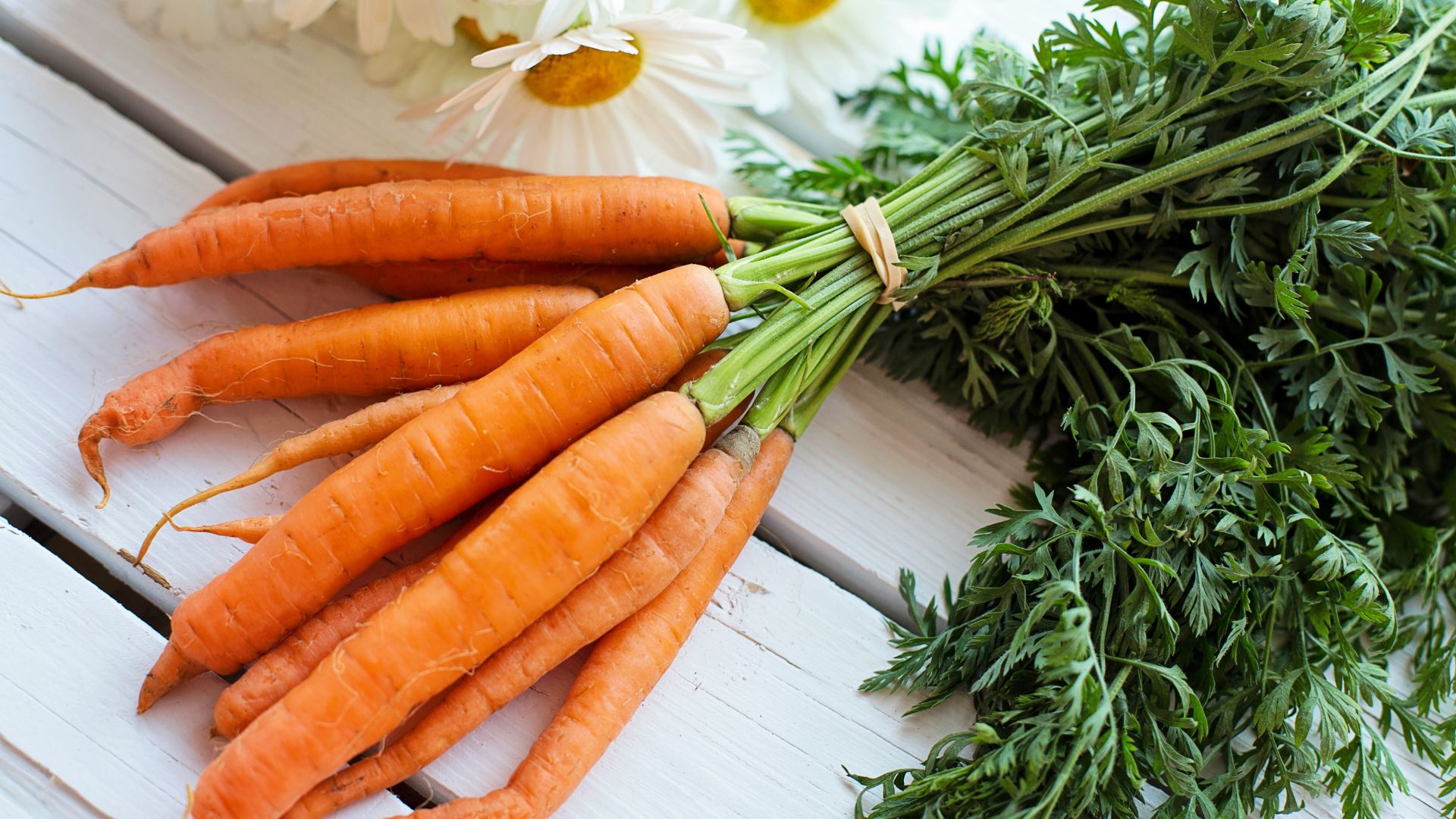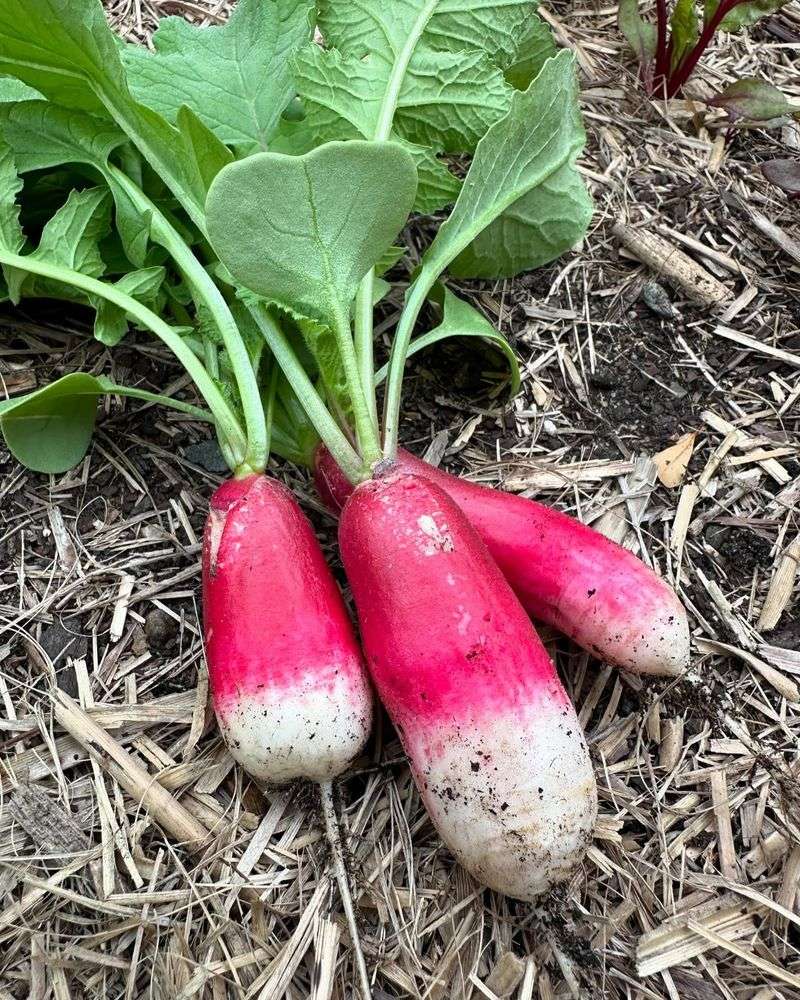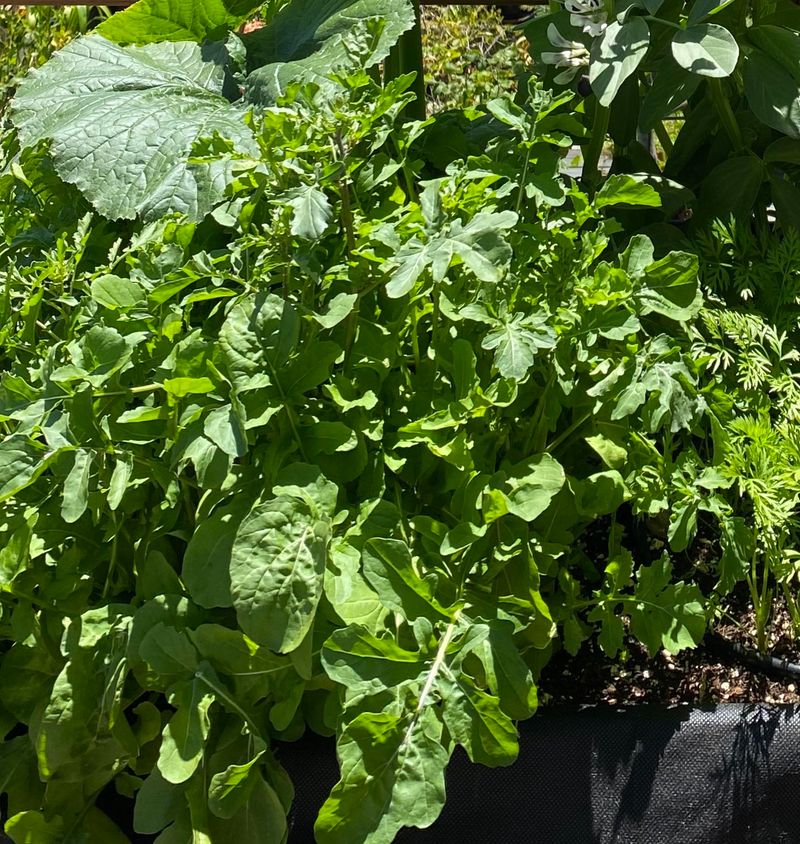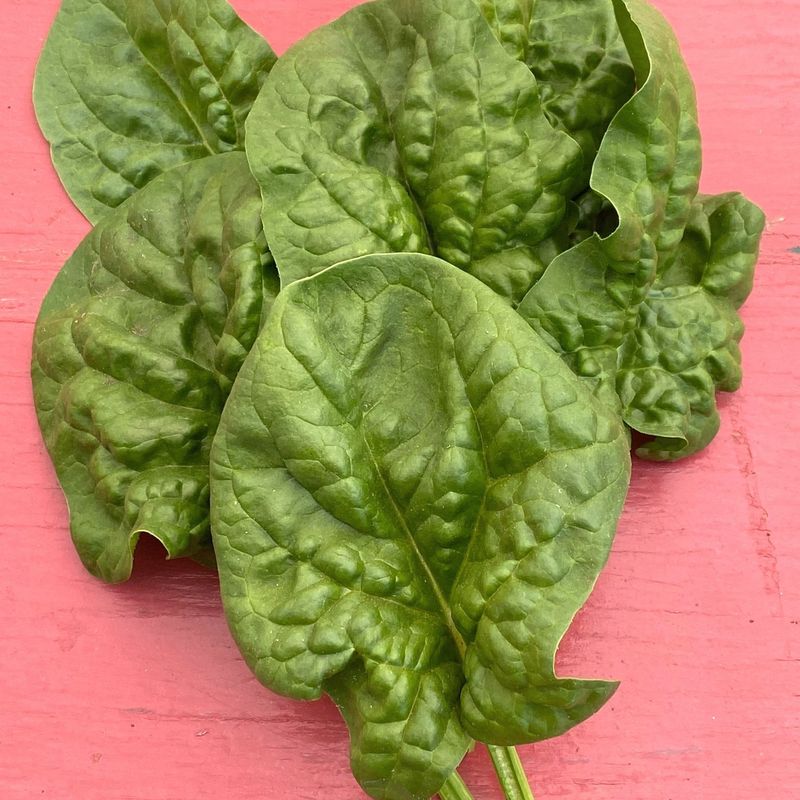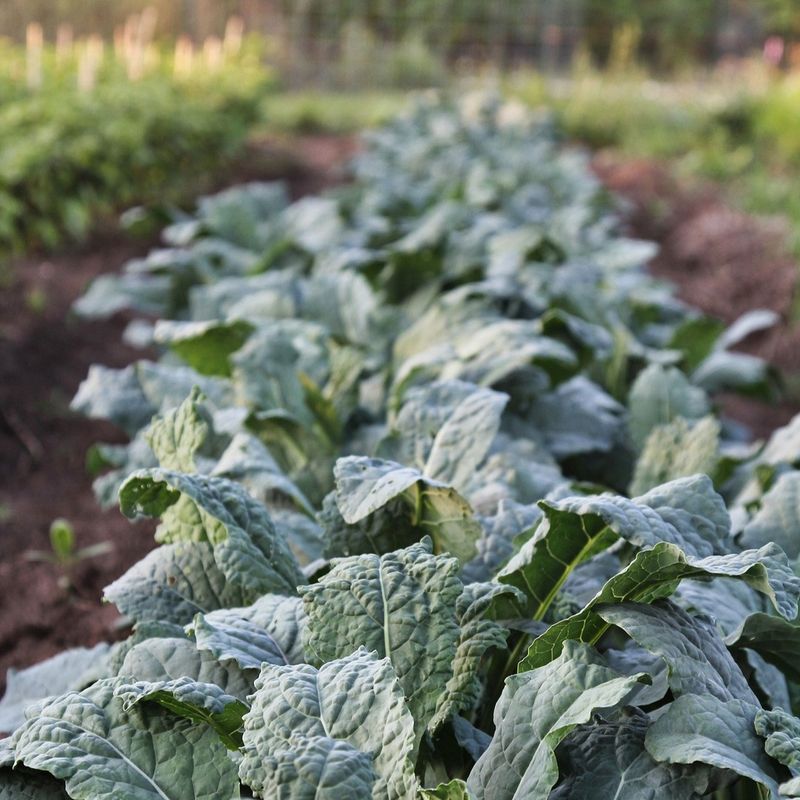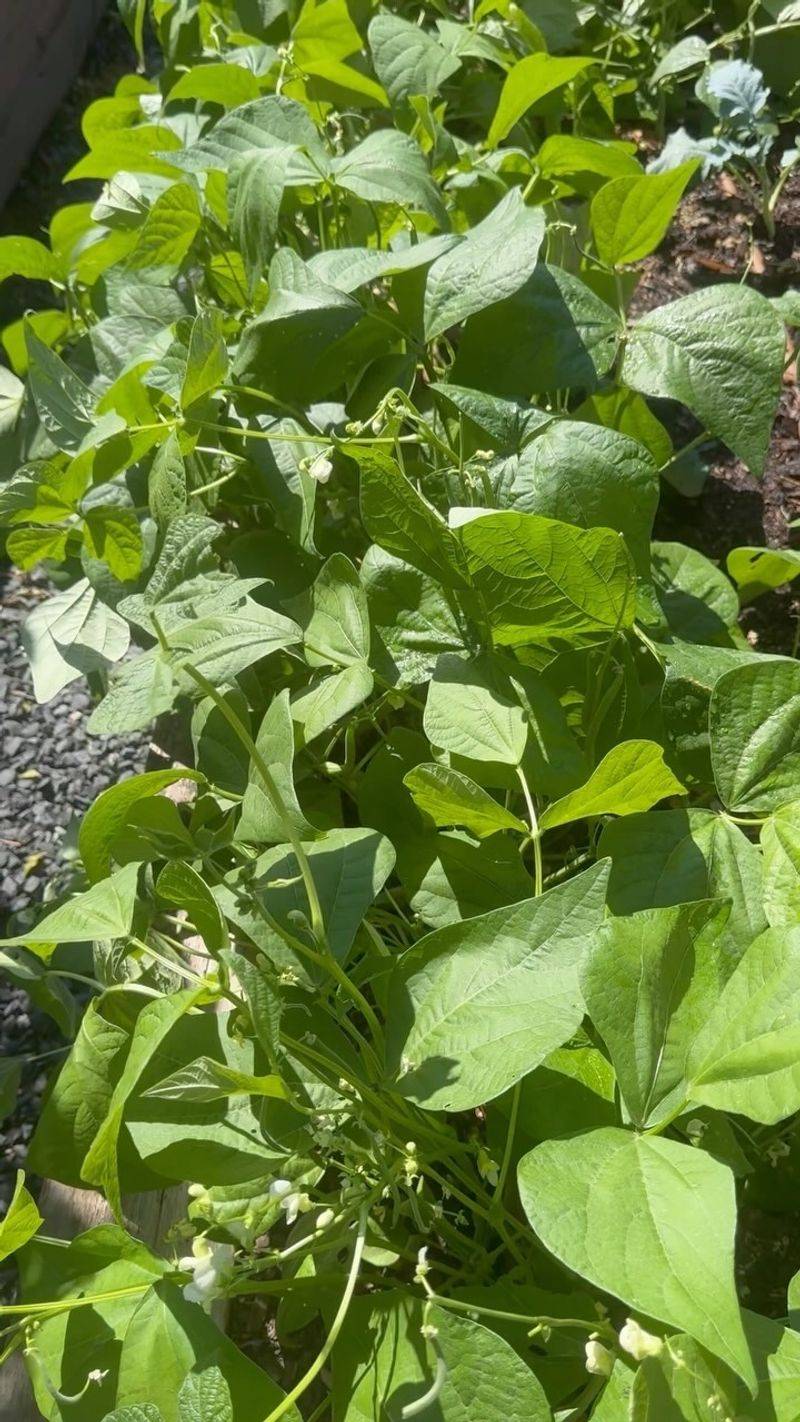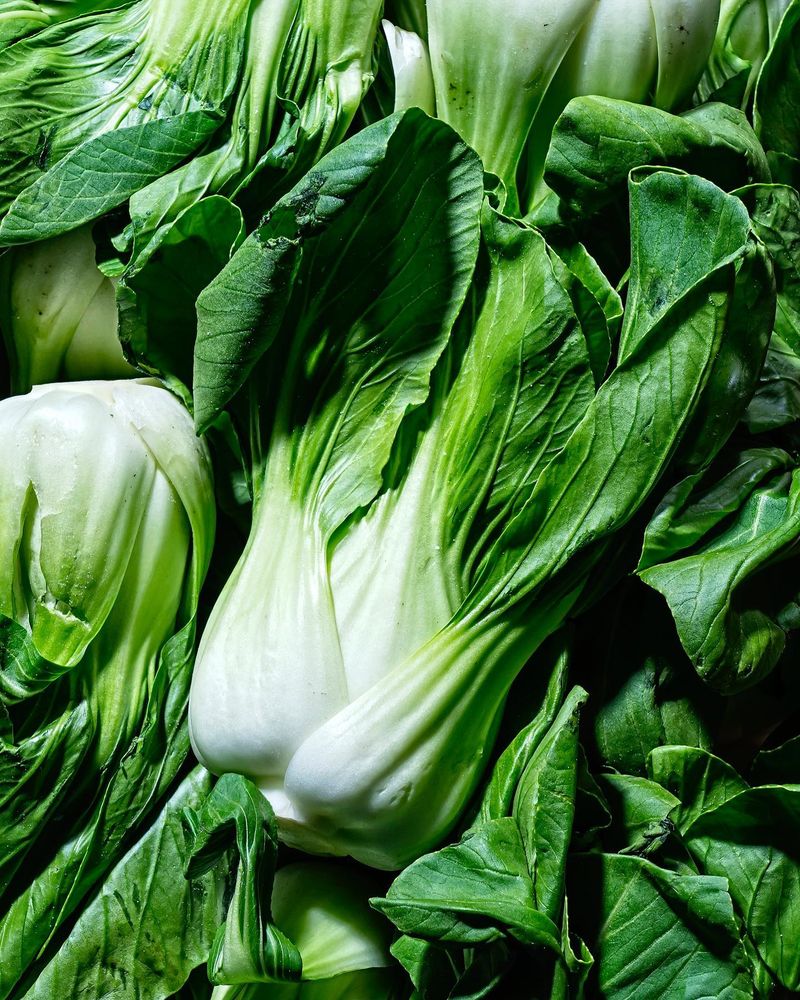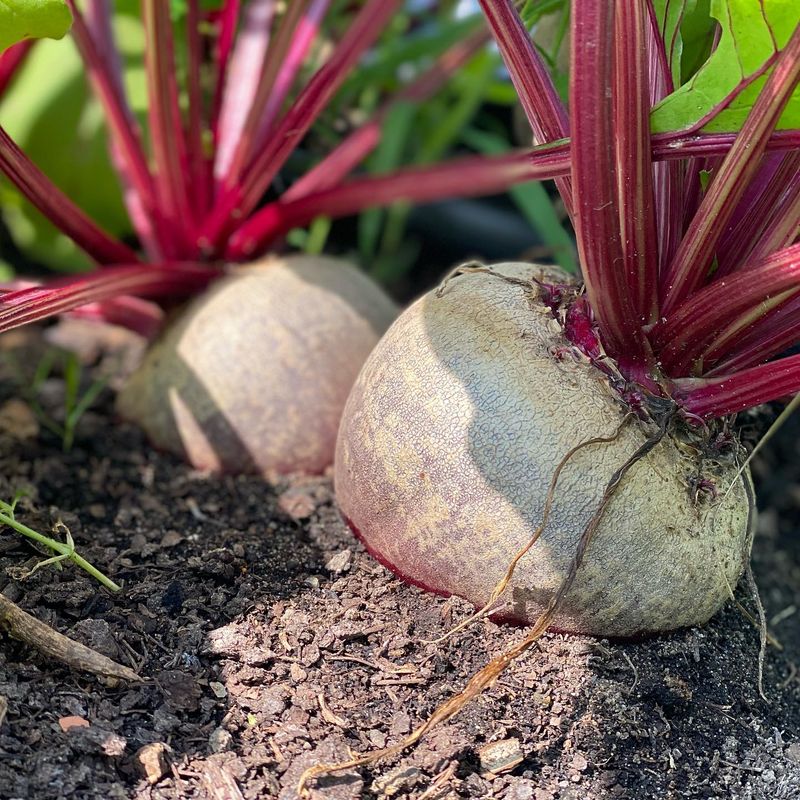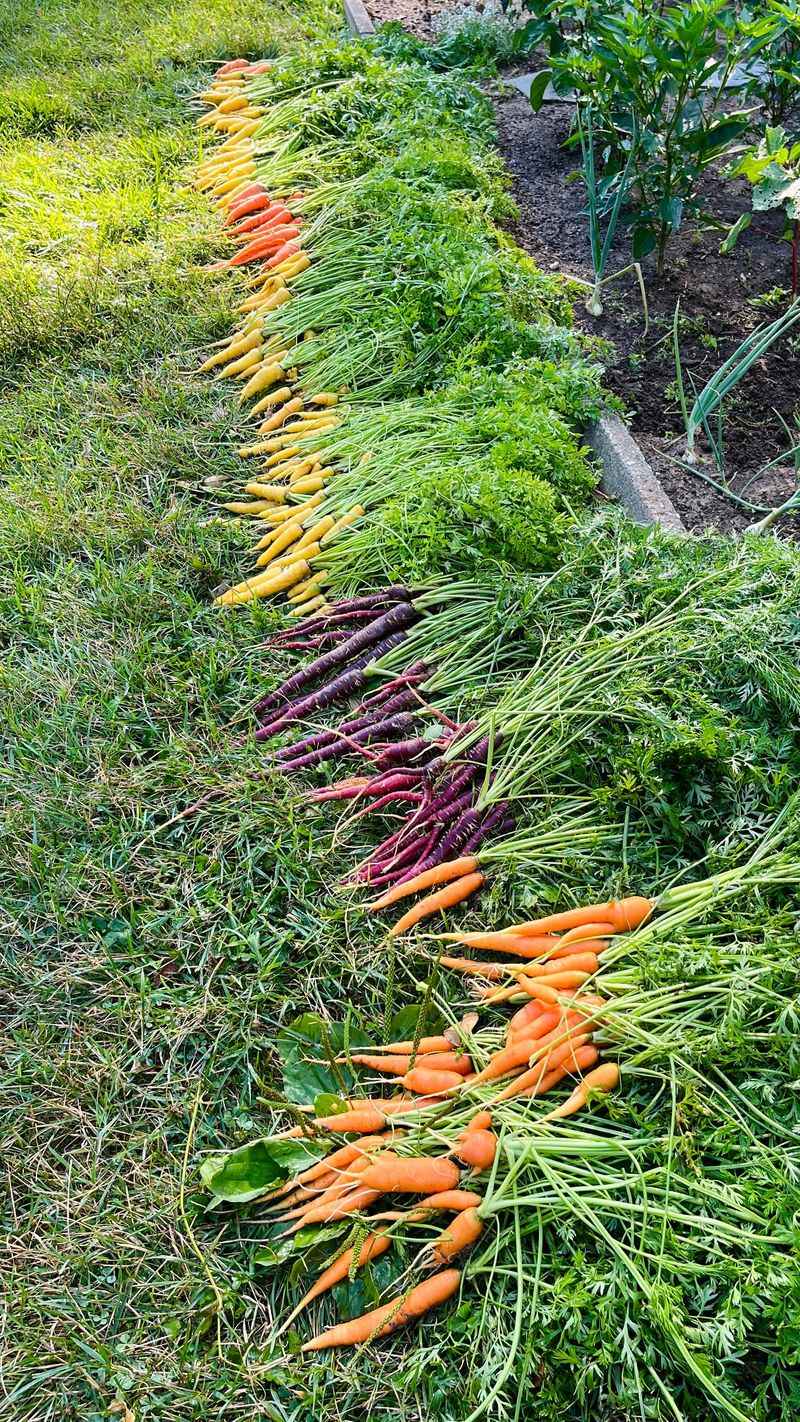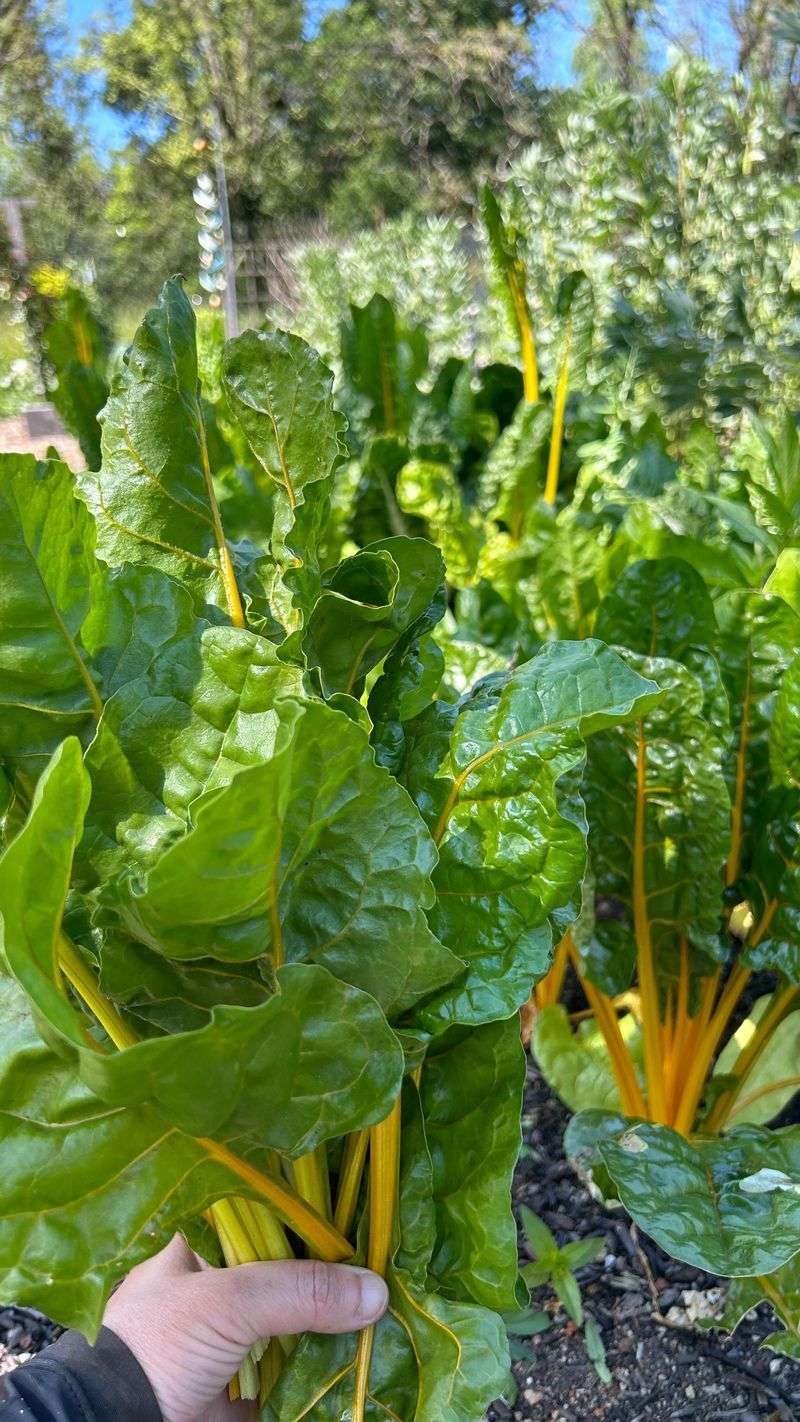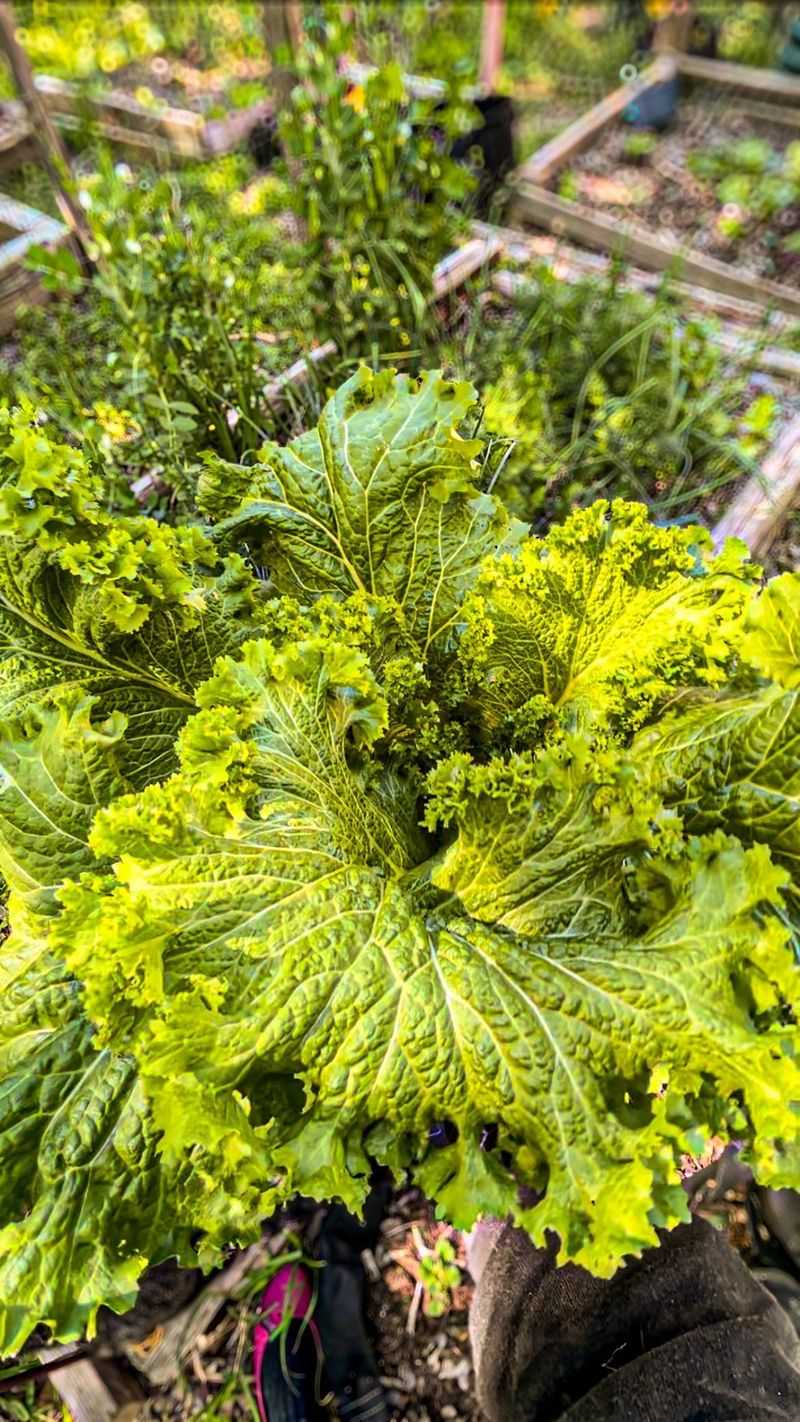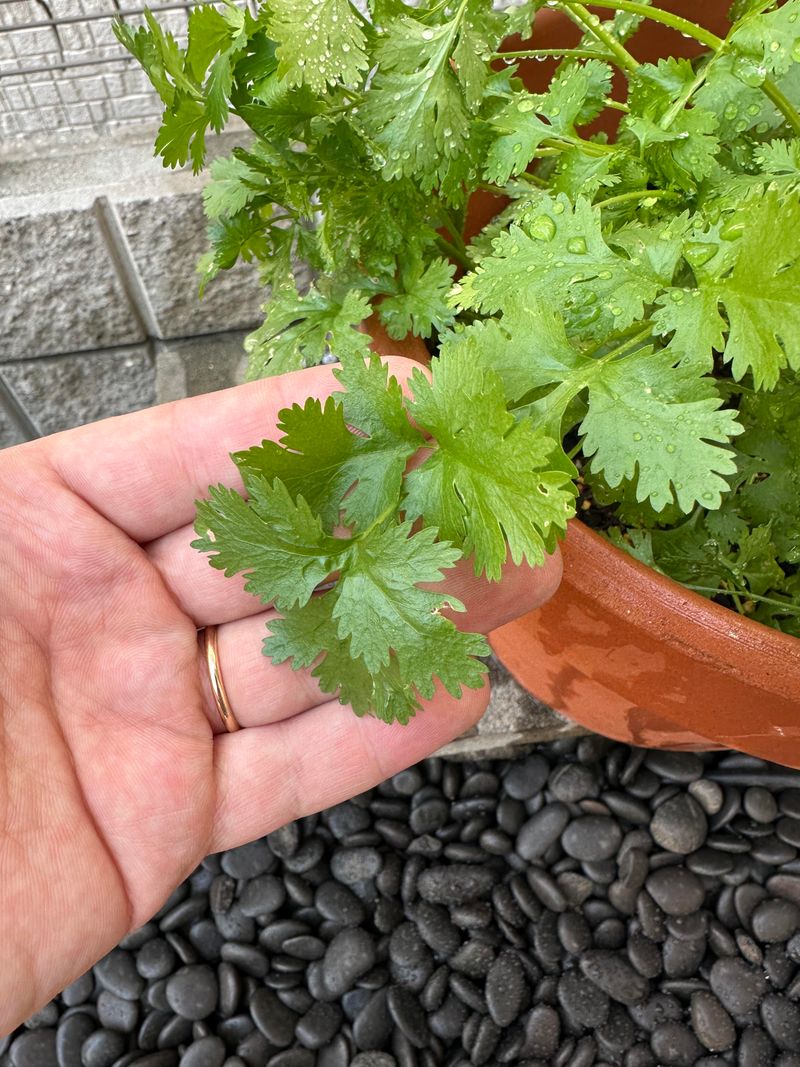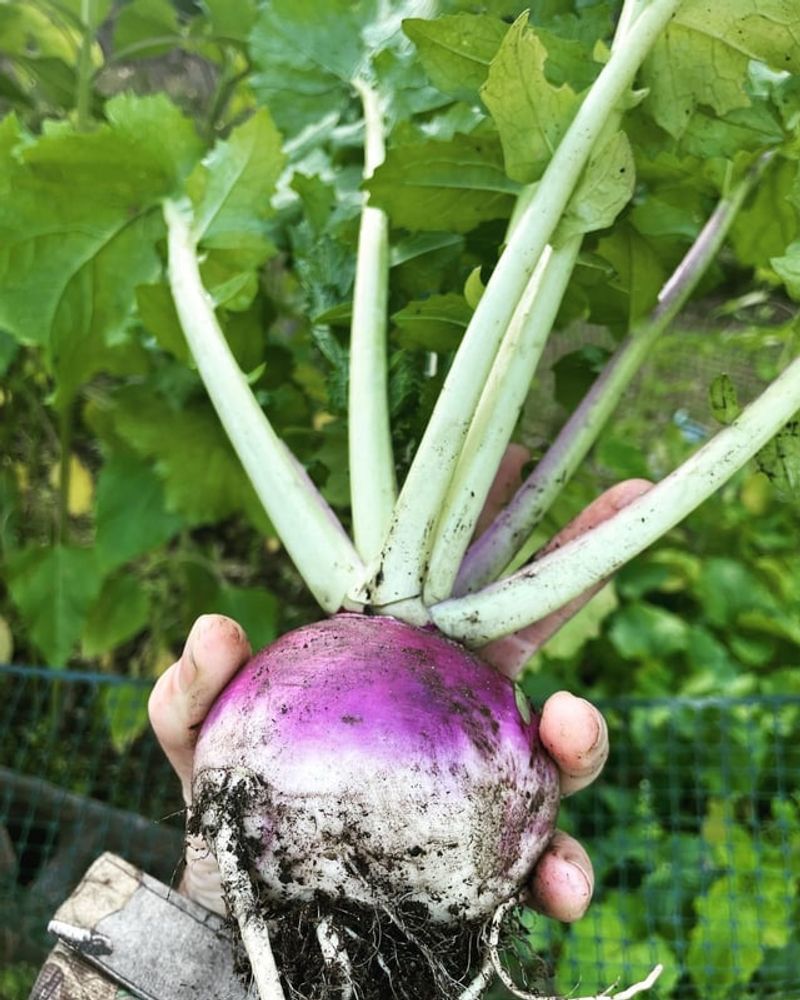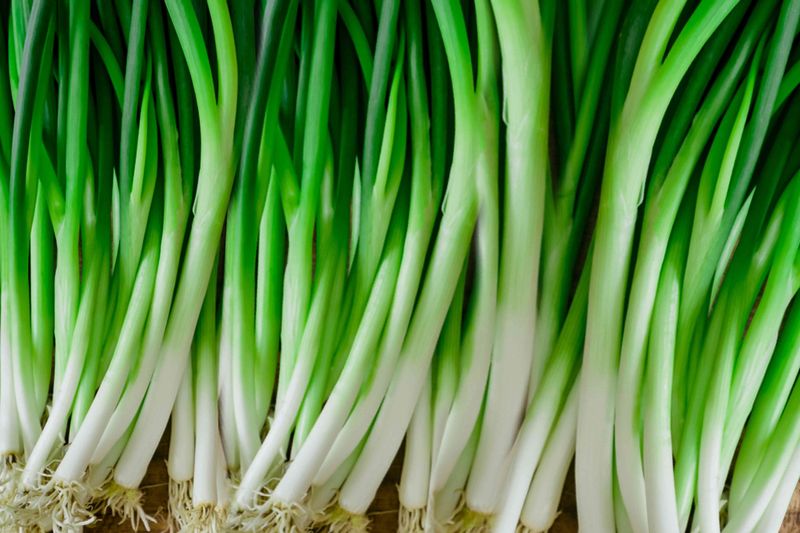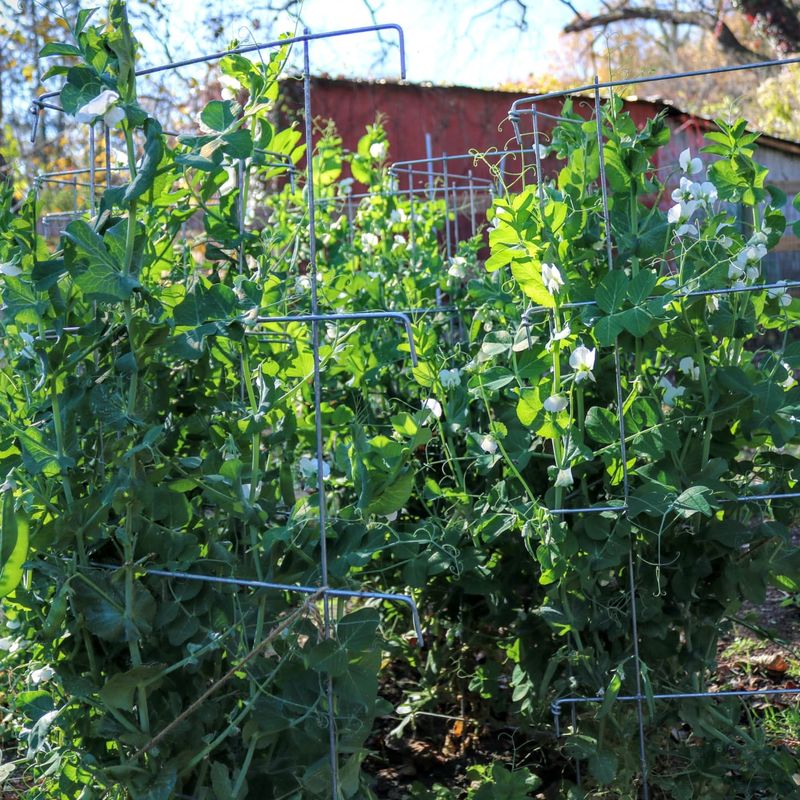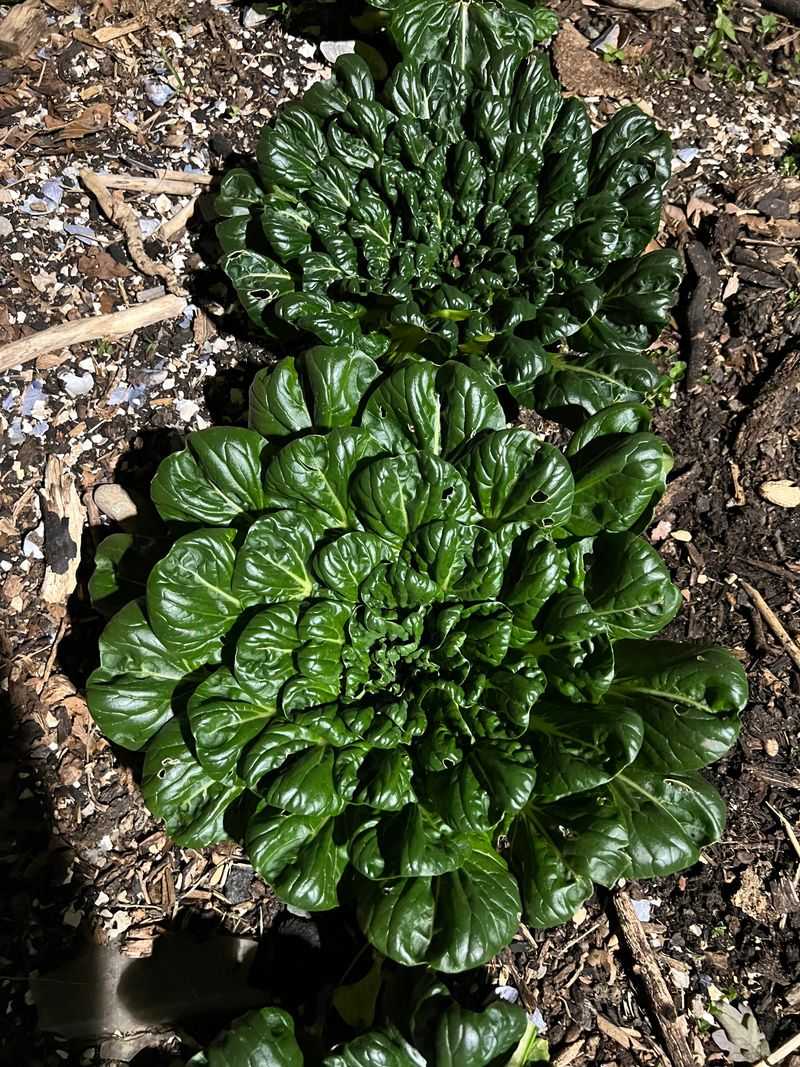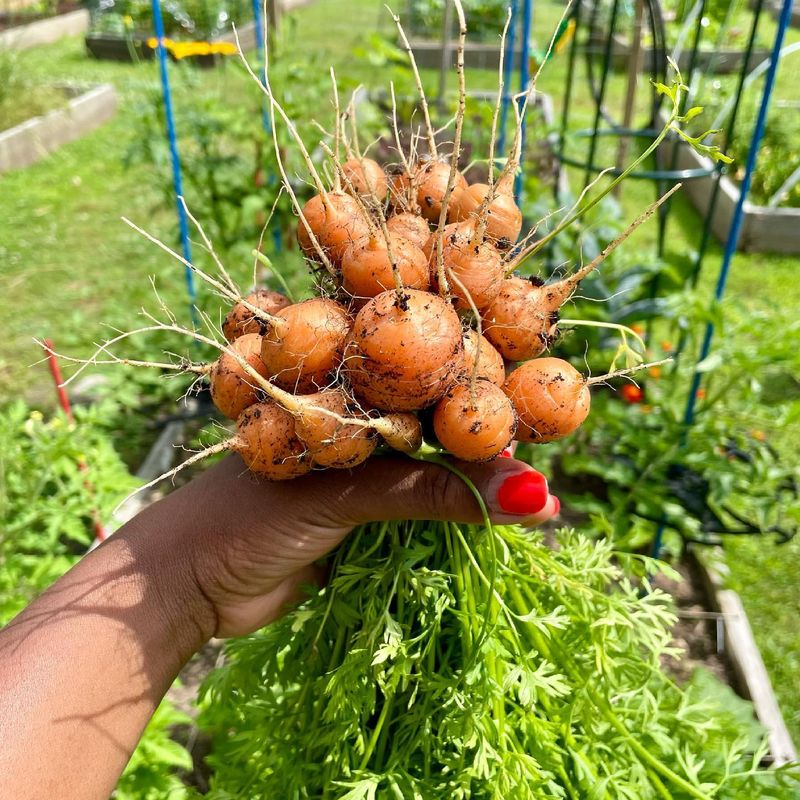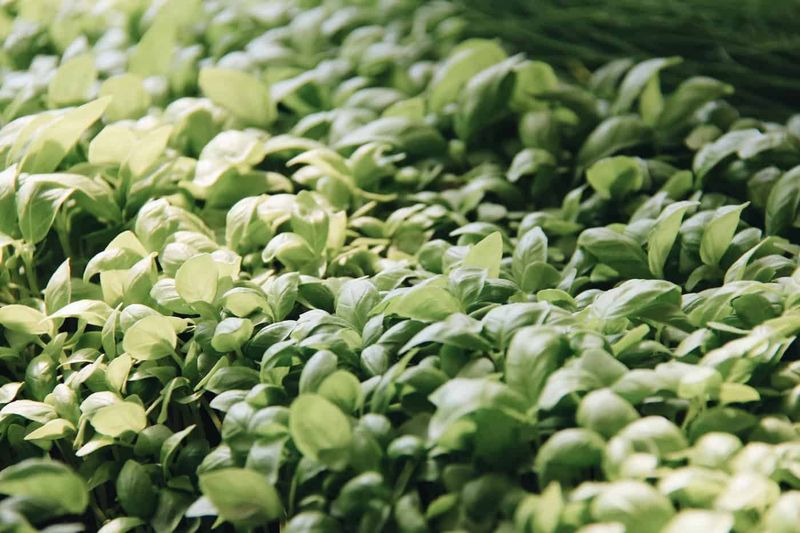Think it’s too late in the season to plant veggies? I used to think the same—until I discovered how many crops grow fast enough to beat the first frost. There’s something oddly satisfying about planting late and still pulling off a harvest just in time.
Some vegetables are true sprinters, going from seed to table in just a few weeks. Radishes, leafy greens, and even certain beans thrive in late summer warmth and mature quickly. It’s like a second chance at spring gardening—without the guesswork.
So don’t pack away your trowel just yet. Whether you’re filling empty garden space or growing in containers, these speedy crops let you make the most of every last day in your growing season.
1. Radishes
Ready in just 21-30 days, radishes are the sprinters of the vegetable garden. Simply scatter seeds in loose soil, thin seedlings to an inch apart, and keep the ground consistently moist.
For a peppery crunch before frost arrives, choose varieties like ‘Cherry Belle’ or ‘French Breakfast.’ Their shallow roots make them perfect for containers if garden space is limited.
Morning harvests yield the crispest radishes. Pull them when they reach marble size – leaving them too long results in woody, split roots that taste bitter rather than zippy.
2. Arugula
Spicy and distinctive, arugula matures in just 30-40 days and actually prefers the cooler temperatures of late summer and early fall. The peppery leaves grow more mild-flavored in autumn’s shorter days.
Sow seeds directly in garden beds or containers, barely covering them with soil. Harvest begins when leaves reach 2-3 inches – just snip the outer leaves and let the center continue growing for multiple harvests.
Surprisingly frost-tolerant, a light covering of row fabric can extend your arugula season well into cooler weather, making it one of the most rewarding late-season greens.
3. Spinach
Fall-planted spinach often produces sweeter leaves than spring crops because the cooling temperatures reduce bitterness. Seeds germinate best when soil temperatures fall below 85°F, making late summer ideal for starting.
Quick to mature at 30-40 days, spinach loves the shorter days and cooler nights of approaching autumn. Plant seeds a half-inch deep and one inch apart, then thin to three inches as they grow.
Remarkably cold-hardy, spinach can survive temperatures down to 20°F with minimal protection, meaning you’ll likely harvest well into fall even after light frosts have damaged other crops.
4. Lettuce
Loose-leaf varieties reach harvestable size in just 30 days, while heading types need about 45-55 days. The cooling temperatures of late summer create perfect conditions for sweet, crisp leaves without the bitterness hot weather causes.
Scatter seeds lightly across moist soil and barely cover them – lettuce needs light to germinate. For a continuous harvest, plant small batches every 7-10 days until about 30 days before your first expected frost.
Harvest outer leaves individually once they reach 4 inches tall, allowing the plant to keep producing. This “cut and come again” method can triple your yield from a single planting.
5. Kale
Cold-loving kale actually tastes sweeter after light frosts convert some of its starches to sugars. Baby leaves can be harvested in just 30 days, while full-sized leaves take about 50-60 days to mature.
Plant seeds ¼ inch deep and thin seedlings to 12 inches apart once they develop true leaves. Water deeply but infrequently to encourage strong root development and drought resistance.
Dwarf varieties like ‘Dwarf Blue Curled’ and ‘Red Russian’ mature fastest, making them ideal for late-season planting. Their frost tolerance often allows harvesting well into November in many growing zones.
6. Bush Beans
Reaching harvest in about 45-60 days, bush beans offer one of summer’s last chances for a fresh legume crop. Unlike pole varieties, they don’t need trellising and concentrate their production in a shorter timeframe.
Sow seeds directly an inch deep and 3-4 inches apart. The soil must be warm for germination, but plants produce best as temperatures begin cooling down from summer peaks.
Look for quick varieties like ‘Contender’ or ‘Provider’ that mature rapidly. A floating row cover can protect tender plants if an early light frost threatens your nearly-mature bean crop.
7. Bok Choy
From seed to table in just 30-45 days, bok choy thrives in the moderate temperatures of late summer and early fall. The cooling weather prevents it from bolting (flowering prematurely) as it often does in spring heat.
Plant seeds ¼ inch deep in rich, moist soil. Baby varieties like ‘Shanghai Green’ mature even faster – sometimes in as little as 25 days – making them perfect for tight planting windows.
Harvest entire plants by cutting at soil level when they reach 6-8 inches tall, or snip outer leaves individually for a longer harvest period. Their mild flavor intensifies pleasantly after light frost exposure.
8. Beets
Dual-purpose beets provide both nutritious roots and delicious greens from the same plant. Most varieties mature in 50-60 days, though baby beets can be harvested earlier for tender roots.
Each “seed” is actually a fruit containing multiple seeds, so thinning is essential once seedlings reach 2 inches tall. Save those thinnings – they make perfect microgreens for salads!
For faster germination, soak seeds overnight before planting ½ inch deep. Fall-grown beets often develop sweeter flavor and fewer problems with pests than their spring-planted counterparts.
9. Carrots
Fast-maturing varieties like ‘Adelaide’ and ‘Paris Market’ can be ready in just 55-60 days. Late summer soil is already warm, which helps seeds germinate more quickly than in spring plantings.
Keep the soil consistently moist until germination, which can take 1-3 weeks. Covering seeds with a board until they sprout helps maintain moisture and prevents soil crusting that can impede germination.
Short-rooted varieties work best for late planting since they mature faster. The cooling fall temperatures actually increase sugar content, making autumn carrots sweeter than those harvested during summer heat.
10. Swiss Chard
Reaching baby leaf size in just 30 days and full maturity in 50-60 days, Swiss chard bridges the season gap beautifully. Unlike many greens, it tolerates both summer’s end heat and fall’s cooling temperatures.
Plant seeds ½ inch deep and thin seedlings to 6 inches apart for full-sized plants. The “cut and come again” harvesting method works perfectly – take outer leaves regularly while the center continues producing new growth.
Remarkably frost-tolerant, chard often survives temperatures down to 25°F, meaning your harvest can continue long after tender crops have succumbed to cold. Bright Lights variety adds ornamental value with its multicolored stems.
11. Mustard Greens
Spicy and distinctive, mustard greens mature in just 35-45 days and actually prefer the milder temperatures of late summer and early fall. The cooling weather tempers their peppery bite to a pleasant zing.
Sow seeds ¼ inch deep and thin seedlings to 6 inches apart. For baby greens, spacing can be closer since you’ll harvest earlier. Water consistently to prevent the bitter flavor that develops under drought stress.
Surprisingly cold-tolerant, these greens can withstand temperatures down to about 25°F. Their frost resistance means you’ll likely be adding zesty mustard greens to your meals well into the cooler months.
12. Cilantro
Summer heat makes cilantro bolt quickly, but fall’s cooler temperatures allow plants to focus on leaf production instead of flowering. Leaves can be harvested in as little as 3-4 weeks after planting.
Sow seeds directly ¼ inch deep, as cilantro dislikes transplanting. For a continuous supply, plant small batches every 2-3 weeks until about a month before your first expected frost date.
When temperatures drop, cilantro actually slows its bolt response, meaning fall plantings often produce longer than spring or summer crops. A light mulch helps maintain soil moisture for better germination and growth.
13. Turnips
Reaching harvestable size in just 30-60 days depending on variety, turnips provide both nutritious roots and tasty greens from one planting. Quick varieties like ‘Tokyo Cross’ and ‘Hakurei’ can be ready in just 30-40 days.
Plant seeds ½ inch deep and thin seedlings to 4 inches apart for full-sized roots. For a double harvest, pick some of the thinnings as tender greens while letting others develop roots. Fall-grown turnips develop sweeter, milder flavor than spring crops.
Many gardeners who claim not to like turnips find fall-harvested ones much more appealing, with less of the sharp bite that can develop in warmer weather.
14. Green Onions
Ready for harvest in just 30 days, green onions (scallions) provide quick gratification for late-season gardeners. Their shallow roots make them suitable for containers if garden space is limited.
Plant seeds ¼ inch deep and thin to 1 inch apart. Unlike bulbing onions, day length doesn’t affect their development, so they grow reliably regardless of planting time.
Moderately frost-tolerant, green onions can withstand temperatures into the upper 20s°F. For an even quicker crop, replant the root ends from store-bought green onions – they’ll regrow harvestable tops in just 2-3 weeks.
15. Kohlrabi
Looking like something from another planet, kohlrabi develops its distinctive swollen stem in just 45-60 days. Early varieties like ‘Early White Vienna’ and ‘Kolibri’ (purple) mature fastest, making them ideal for late plantings.
Sow seeds ¼ inch deep and thin seedlings to 6 inches apart. Consistent soil moisture produces the sweetest, most tender bulbs without woodiness or splitting.
Harvest when bulbs reach tennis ball size – leaving them too long results in tough, fibrous texture. Fall-grown kohlrabi often tastes sweeter than spring crops and can withstand light frosts, extending your harvest window.
16. Peas
Fall peas often outperform spring plantings because they mature as temperatures cool rather than warm. Snow and snap varieties reach harvestable stage in about 60 days, while shelling types need slightly longer.
Plant seeds 1 inch deep and 2 inches apart, providing support for climbing varieties. Pea seeds germinate best when soil temperatures are below 85°F, making late summer ideal for starting.
Remarkably cold-hardy, pea plants can withstand temperatures down to about 28°F. Time your planting so peas reach maturity before hard freezes arrive – count back from your first frost date and add a week or two as insurance.
17. Asian Greens
Beyond bok choy, varieties like tatsoi, mizuna, and komatsuna mature in just 30-45 days and thrive in fall’s cooling temperatures. Their diverse leaf shapes, textures and flavors add interest to salads and stir-fries.
Sow seeds ¼ inch deep in rich, moist soil. Many Asian greens can be harvested as baby leaves in just 21 days, or allowed to reach full size for a more substantial harvest.
Cold tolerance varies by variety, but most withstand light frosts and some, like tatsoi, survive temperatures into the low 20s°F. Their quick growth and cold hardiness make them perfect insurance crops for uncertain fall weather.
18. Baby Carrots
True baby carrots (not the whittled-down supermarket kind) can be harvested at just 2-3 inches long, reducing growing time to about 50 days. Varieties like ‘Romeo’ and ‘Thumbelina’ are specifically bred for small size and quick maturity.
Plant seeds ¼ inch deep in loose, stone-free soil. For faster germination, keep soil consistently moist until seedlings emerge, which can take 7-14 days.
Late summer plantings often face fewer pest problems than spring crops. The carrot rust fly, a common spring pest, is typically less active as fall approaches, reducing the risk of damaged roots.
19. Microgreens
Ready in just 7-14 days, microgreens offer the ultimate quick crop for impatient gardeners. Almost any vegetable seed can be grown as a microgreen, harvested when the first true leaves appear after the cotyledons.
Scatter seeds densely across a shallow container of soil, press lightly, and mist to moisten. Many varieties don’t even need covering with soil – just press seeds into moist growing medium.
Bring containers indoors when frost threatens to extend your growing season indefinitely. Broccoli, radish, sunflower, and pea shoots make especially nutritious and fast-growing microgreens for beginners.

